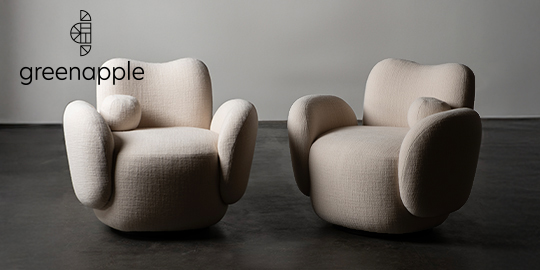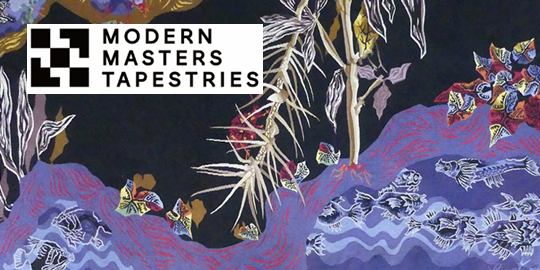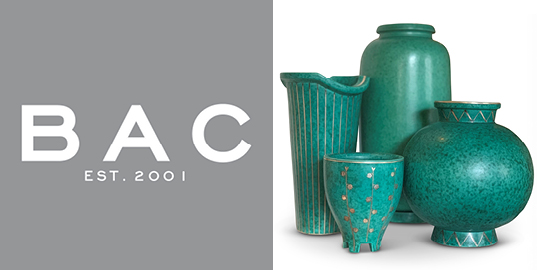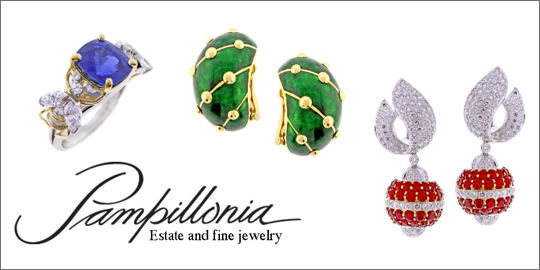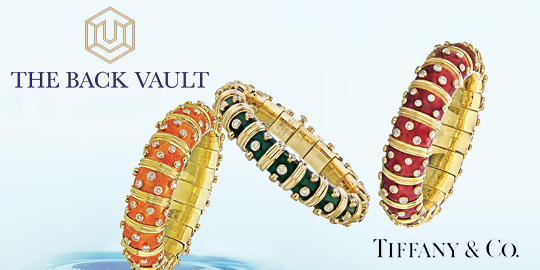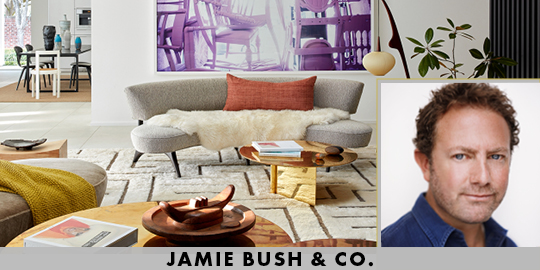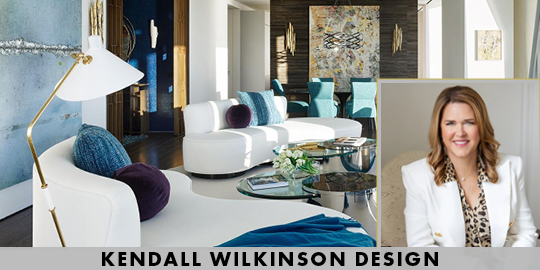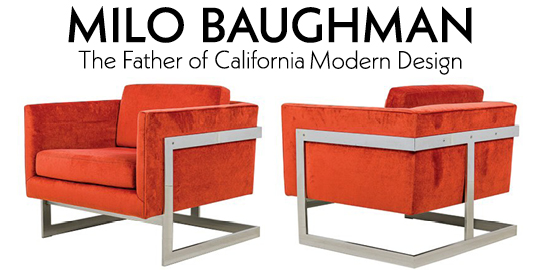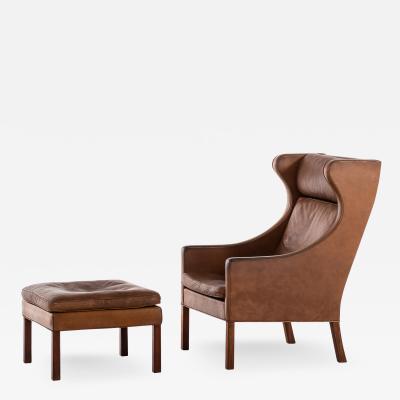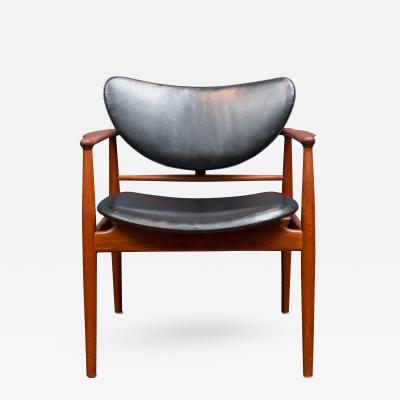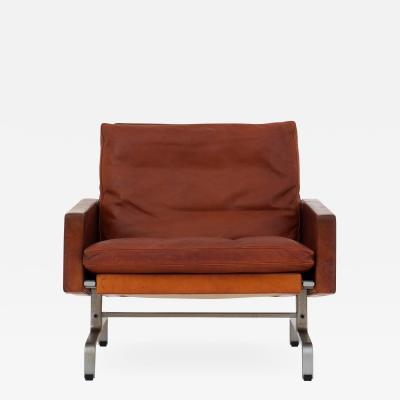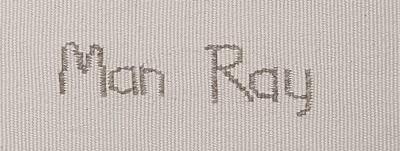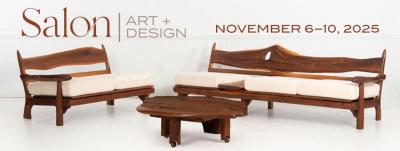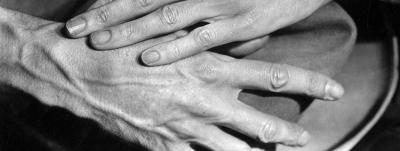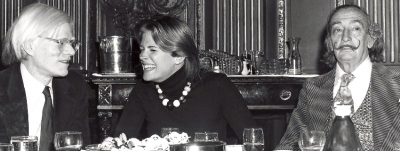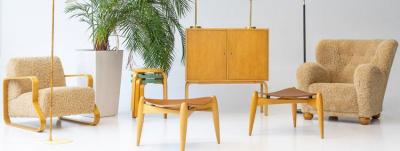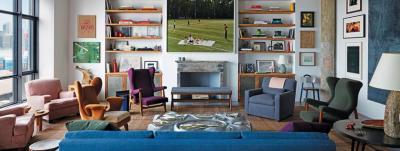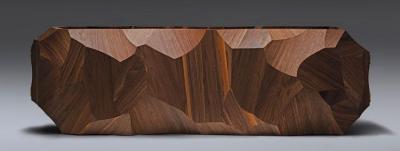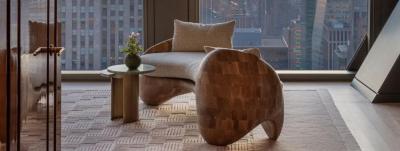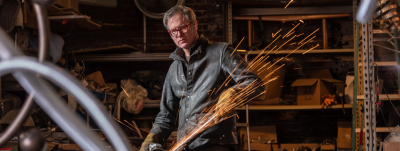Studio Nine Design Presents the Best of Mid-Century Danish and Scandinavian Design
Studio Nine Design Presents
the Best of Mid-Century Danish
and Scandinavian Design
A vignette from Studio Nine Design’s booth at the vintage design fair Design Icons in Amsterdam. |
 | |
Martin Aanraad of Studio Nine Design |
Martin Aanraad is obsessed with mid-century modern design. He started his first gallery, Mass Modern Design, in 2011 with a partner and in 2019 founded his own gallery, Studio Nine Design, in the southern Dutch town of Roosendaal to further his passion for one of the most influential design movements in history. Aanraad strictly specializes in “the most beautiful and high quality furniture” that he can find from the mid-century period, with an emphasis on Danish design. “Quality is key,” Aanraad says, “and Studio Nine Design prides itself on the quality and authenticity of our products.” He also offers restoration services, but where possible likes to keep his pieces in the condition in which he finds them. Incollect spoke to Aanraad about the beauty, diversity and versatility of mid-century modern design and its enduring popularity with collectors.
by Benjamin Genocchio
What do you specialize in as a design dealer?
We have pieces from The Netherlands, Italy, Belgium, France but we mainly sell mid-century modern furniture from Scandinavia, as well as some decorative arts and lighting. Our core specialization lies in Danish and Scandinavian design because it is a genre we know well, and because the furniture is so beautifully shaped and of high quality. Danish mid-century designs are truly timeless and fit many styles of interiors.
 |
A pristine example of mid-century Dutch design, the graceful and serene Cleopatra daybed by Dick Cordemeijer for Auping, 1954. Teak and black enameled metal with new off-white bouclé upholstery. |
How did you become a design dealer?
I actually studied mechanical engineering, but once my partner and I started Mass Modern Design I was able to learn a lot about design. Fifteen years later, I can't imagine doing anything else.
 |
 |
| The details of this wonderful teak 200 Series executive desk by Arne Vodder are what set it apart. Designed in 1960 for Sibast Furniture, Denmark, it features thoughtful design nuances including curved, raised edges on the ends of the desk and the back edge of the return, subtly tapered legs, dovetail joinery, and solid teak handles. The return section has lots of storage, including a lockable set of three drawers with accessories tray and original key, a sliding door that opens to reveal a colorful stack of five flat file drawers, and a hidden trash can. The distinctive grain of teak coupled with its rich patina give this piece a very warm expression. |
What are some of the pieces you have that you really admire?
We currently have about 100 items online, of which 20 to 30 are on display in our showroom. Some recent, cool finds are Arne Vodder’s luxurious corner executive desk and return in teak, manufactured by Sibast Furniture, in Denmark, in 1960. It is so simple, geometric and refined. I also love Poul Norreklit’s decorative dry bar on wheels which is manufactured by Dyrlund, made of beautifully-grained rosewood. There is a set of dining chairs in rosewood, Model 255, designed by Henning Kjærnulf for Bruno Hansen, Denmark, in 1960 that I really love as well — these are some of the most elegant chairs ever made and they epitomize the refined artistry of mid-century Danish design.They have a unique structure with an independent curved backrest and two V-shapes that gives them an airy, relaxed feel.
 |
 |
| This set of six rosewood dining chairs is by Henning Kjærnulf, one of the lesser-known names of Danish mid-century design, but whose work is instantly recognizable — the well known Razor Blade chair is his work — and coveted for its refined artistry and sculptural beauty. Crafted in stunning rosewood, the design combines a lithe, graceful frame with exceptionally comfortable back support. Crafted by master cabinetmaker Bruno Hansen, these Model #255 chairs are rare and in excellent condition. |
What makes these pieces valuable?
Aside from their unique designs they are all relatively rare pieces and in excellent condition, which is hard to come by these days.
Why is 20th-century Scandinavian furniture so enduringly popular?
I think there are several reasons for this. Mid-century furniture from the better designers was extremely well made and is of high quality. For example, look at the exemplary woodwork, and joins, and the subtle detail on Henning Kjærnulf’s chairs. The designs back then were well thought out for beauty and functionality, then executed to perfection, and that's why they are timeless and are highly valued today. I believe they will be equally valued in another 50, 100 or 200 years. Sustainability and environmental awareness are also very important topics at the moment and this was always a part of the thinking and philosophy behind Scandinavian design.
Who do you regard as the most important Danish and Dutch designers from the 20th century?
That is a long list! In the 1950s there were a number of progressive designers who created a certain style; sleek and minimalist designs among all the antiques that you saw at that time. In the Netherlands, Gerrit Rietveld and Piet Mondriaan were paramount, but also designers Cees Braakman, Martin Visser and Friso Kramer. And in Denmark it was Arne Vodder, Finn Juhl, Niels Møller, Hans Wegner, and Børge Mogensen, along with many other tremendously gifted artists.
 |
Model #7709 drybar in gorgeous bookmatched Brazilian rosewood by Knud Bent for Dyrlund, Denmark. Comes with all the bells and whistles: built in ice bucket compartment, horizontal bottle rack, 4 sliding glassware drawers and locking lower cabinet. |
How is the market for 20th-century material today?
I have been in the business for about 15 years now and I know that the market has grown a lot during this time. As demand increased so, too, did the competition: When I started out, I knew most of the competitors in my own country, but not anymore. I think there were 25 – 75 dealers in the Netherlands back then and now there are more than 300. In the beginning, you could find affordable beautiful pieces, but that is not so easy anymore because of the competition.
_0.png) |
 | 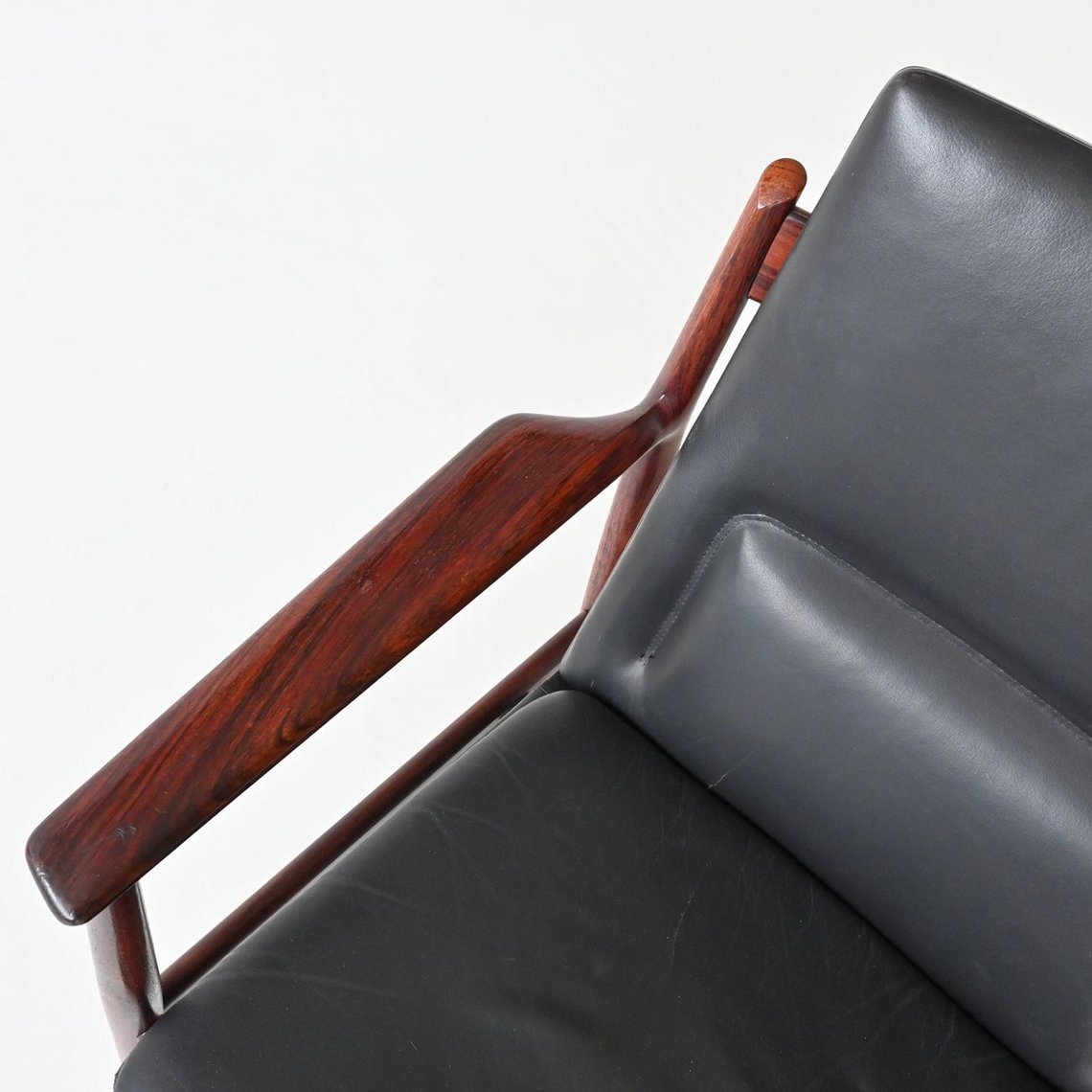 |
| A set of six solid rosewood conference or dining chairs, Model 432 by Arne Vodder for Sibast Furniture, Denmark, 1960. Original black leather upholstery with lumbar cushion detail. |
What are the most valuable pieces today?
The 1950s and 1960s is the most sought after period but also the most rare: the original material is very well made, as I mentioned, and the designs and shapes are more interesting. Pieces by designers that are known sell for more but I also appreciate and I buy pieces by unknown designers as long as they are well made.
So it is harder to source good material these days?
Yes, because the competition has increased a lot. But in addition the material is running out. The supply is getting smaller. I have noticed also that the market is shifting a little in focus; for example, you now see much more Brutalist design from the 1970s to 1990s for sale. This was definitely not the case 10 or 15 years ago. I buy privately mostly, but also at auction and from other dealers.
 |
| In the showroom at Studio Nine Design: A pair of “Manilla” lounge chairs in cognac saddle leather with natural bamboo frame and rattan wrapped joinery produced by Horsnæs Møbler, Denmark, 1960. |
What is the most important priority for you as a design dealer?
Delivering high quality is my top priority. I want people to be happy with their purchase and not be disappointed afterwards. And I think that if you want to build a good business, that is also very important. That is why we try to keep our furniture as original and authentic as possible and only restore it where necessary. By restoration I mean refinishing, reupholstering, cane matting, or metal working. In doing so, we always strive to maintain the authenticity of the pieces.
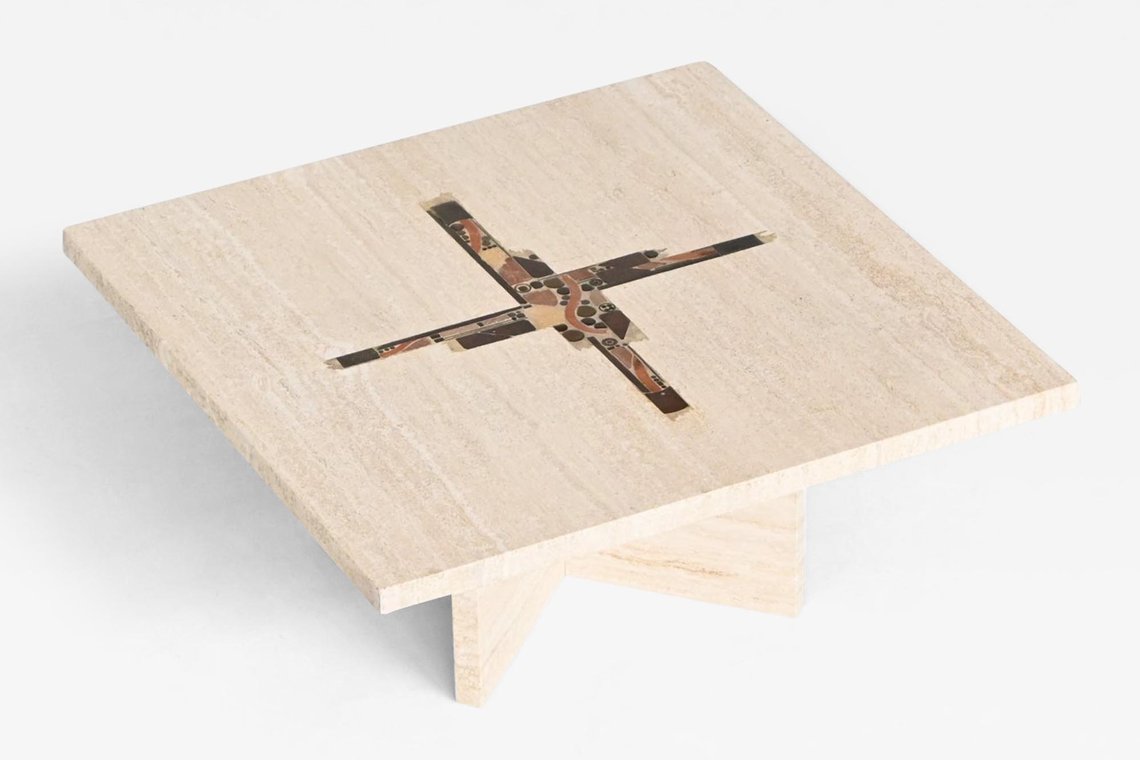 | 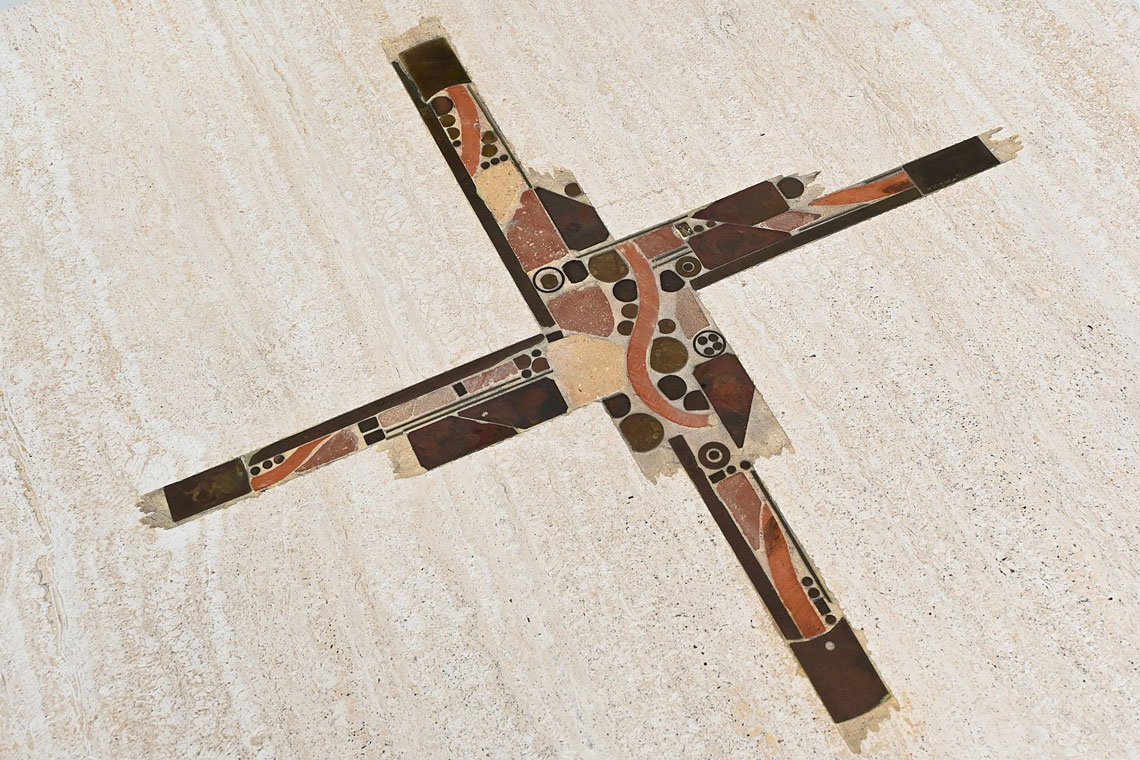 | |
A beautiful one-off square travertine coffee table with x-base, decorated with an inset mosaic design in stone copper and brass, designed and handcrafted by Dutch designer Paul Kingma. Kingma is known for the somber elegance of his work, and every piece is a unique work of art. Netherlands, 1980. | ||
How do you connect with clients?
We sell through internet platforms like Incollect as well as directly to our existing clients who know and trust us, as well as via the fairs. I participate in a few fairs a year, mostly in Europe like the big vintage design fair in Amsterdam, Design Icons. I will participate in Antwerp Design Market in May, Undesignable Paris in June and Design Market Brussels in November. I was there this year and just bought a rosewood bar from Dyrlund, Denmark, by Knud Bent.
Is there a strong demand in Europe for American 20th-century design or is it mostly for European modernism?
There are several dealers here in Europe who specialize in American designers such as Charles Eames and Eero Saarinen, but this is not our specialty and so it is difficult for me to comment on that market. We sell a lot of material to American as well as European buyers.
Which designers working today are you curious and excited about?
We are not really focused on contemporary design by contemporary designers. But here in the Netherlands there are a number of very interesting new designers that it is great to draw more attention to, people such as Piet Hein Eek, Studio Job, Hella Jongerius, Bertjan Pot, Maarten Baas, Richard Hutten, and of course Marcel Wanders.
What is trending or popular in the design market now?
Good and important Danish designs are still extremely popular, as always, but at the moment Brutalist and Italian design are also very much in demand. Natural colors and materials are also very trendy and you can see that in global contemporary interiors.
 |
Discover More From Studio Nine Design on Incollect
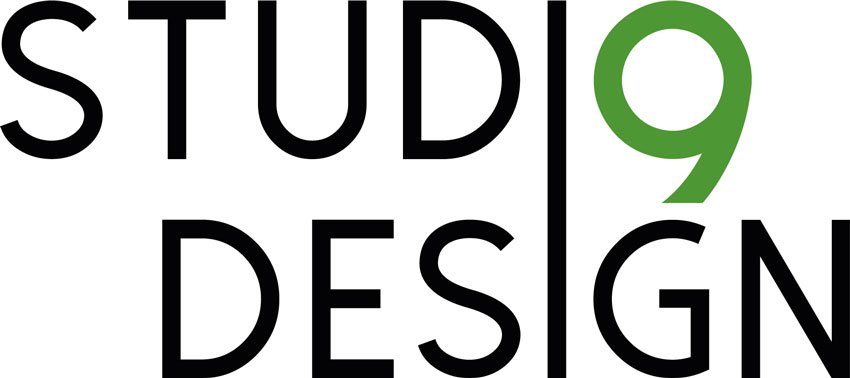 |





